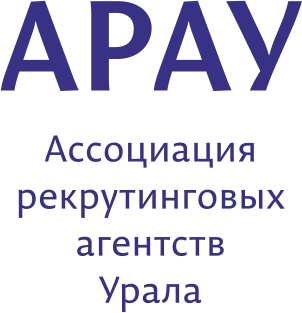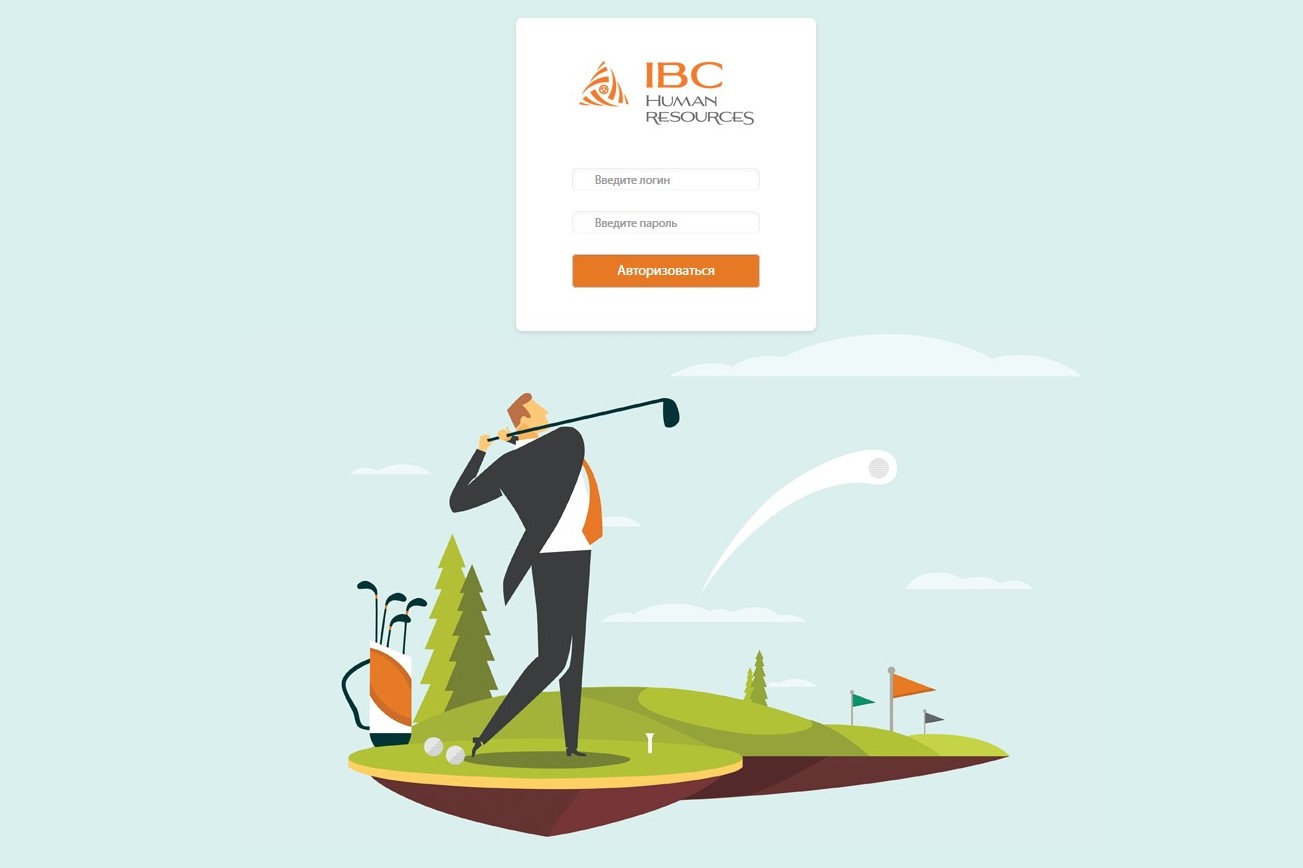Service Network
1996-2025
3 Ways to Attract and Engage Best Fit Candidates Before They Even Apply
With unemployment at historic lows, how to attract and engage top talent is a question that most leaders are asking themselves. SHL recently highlighted 4 areas of focus for companies to boost their candidate attraction efforts through prioritizing brand messaging, adding realistic job/culture previews, incorporating selection assessments, and updating their interview process.
A US-based restaurant chain partnered with SHL to effectively narrow down their applicant pool volume and increase the quality of their new hires. The National Restaurant Association projects sales of 863 billion US dollars in 2019 and the creation of over 1.6 million new jobs in the next 10 years. All of this is promising for the industry, but it also highlights the need for organizations to differentiate themselves in the market and take a more strategic approach to their recruitment and hiring processes; our client was no stranger to this success and challenge.
They had four main criteria in their selection process to determine a candidate’s fit for open job opportunities:
Does the candidate fit with the organization’s culture?
Does he/she understand the tasks that will be required of them?
Are they comfortable performing the required tasks?
Does the candidate have the skill set required to successfully perform the job?
Organizations need to differentiate themselves in the market and take a more strategic approach to their recruitment and hiring processes.
In order to best position this client in the competition for talent, SHL considered the broader restaurant industry context, developed a deep understanding of the organization’s specific culture, and employed a scientific approach to understanding and assessing for the roles. This armed SHL with the tools necessary to provide our client with 3 ways to attract and engage the best-fit candidates for their organization:
#1—Design scenarios that reflect the organization’s culture
SHL worked closely with subject matter experts from the organization to better understand what makes their culture and roles unique. We collected answers to key questions, such as:
What excites employees about working for your organization?
What makes your organization unique from other restaurant chains?
What aspects of the organization surprise people the most when they are first hired?
What is most enjoyable and least enjoyable about working in this role?
The information that SHL gathered informed the creation of four scenarios to narrow in on this client’s key cultural attributes. We packaged the scenarios together for the client to share on their career page, including images and audio, for interested candidates to gain insight into the client’s organizational culture before applying for a job. SHL can also provide animated videos or live footage to showcase a client’s attributes.
Whether it was illustrating the top-notch employee experience or emphasizing the family dining atmosphere that is central to the organization’s identity, each of the four scenarios shares unique aspects of the restaurant’s cultural values.
#2—Give real-time feedback to the candidate through a set of questions attributed to each scenario
SHL incorporated a short set of questions in each scenario asking candidates for their candid reactions to the cultural themes presented. These questions serve as the foundation for the real-time feedback that candidates receive upon completion of the realistic preview. This feedback allows candidates to make an informed decision, based on their own responses, about how likely they are to be a good fit for the culture of the organization. This allows candidates the opportunity to self-select in or out of the assessment process.
#3—Create tailored assessment tools for the client
SHL’s engagement with the client did not stop at ensuring that the right candidates are continuing to apply for a role in the organization. The next step was to help the client make data-driven hiring decisions. SHL collected job-relevant data from subject matter experts to create a tailored assessment tool that would help the client understand if candidates have the skill set required to successfully perform the job. This assessment triggers tailored interview guide questions based on a candidate’s responses, allowing recruiters and hiring managers to dive deeper to understand how the candidate would fit in a role at their organization.
SHL works closely with organizations to build realistic previews that attract the right candidates to apply for the right jobs.
SHL helps our clients win by concentrating on the candidate experience. We work closely with organizations to build realistic previews that attract the right candidates to apply for the right jobs, and we further that partnership by providing our clients with the right assessment tools for each job. In today’s economy, it is not just about screening low fit candidates out of your selection process but attracting quality candidates into the selection process in the first place is just as critical.
https://www.shl.com/en/blog/3-ways-to-attract-and-engage-best-fit-candidates-before-they-even-apply/
Culture Fit or Culture Add?
The old adage is no doubt true: Birds of a feather do in fact flock together. But when it comes to recruitment, is this a good thing?
By focusing efforts on culture fit, we run the risk of valuing like-mindedness over diversity, and thereby potentially miss out on the disruptive power of innovation and creativity. The new shift to “culture add” involves sourcing candidates from more multi-cultural, diverse talent pools and while this makes business sense, it places additional pressures on talent acquisition leaders. Not only do recruitment teams need tools that reliably measure job fit—now, more than ever, they also need to account for cultural diversity to guarantee fairness in selection as well as a good candidate experience.
Now, more than ever, recruitment teams need to account for cultural diversity to guarantee fairness in selection as well as a good candidate experience.
The importance of ensuring candidates of all cultures have the same understanding of questions and scenarios they are posed as part of the selection process is critical. However, even though English is considered the lingua franca of the business world, only 5.5% of the population of the English-speaking world is actually comprised of native English speakers; most people know English as their second or third language, likely leading to differences in their understanding of linguistic and cultural nuances as well as speed of reading and comprehension.
This raises some important questions to consider when choosing your assessment partner as part of a multi-cultural recruitment strategy:
Can my candidates choose their assessment language to help ensure equality of opportunity and allow them to put their best foot forward as part of a great candidate experience – especially with timed tests?
Where those different language versions exist, how can I be sure that the versions are equivalent?
Does language equivalence cover cultural adaptation as well as translation?
Only 5.5% of the English-speaking world population is comprised of native English speakers.
It’s not just about high-quality translation, but about “localization”. A thorough localization process avoids culture-sensitive topics such as religion and gender differences, ambiguous words such as “politics” or “ethics” that have different connotations in different languages, and metaphors and figures of speech such as “it’s a nightmare to park” or arguing about something “till the cows come home”. Instead what’s important is a systematic multi-staged translation and cultural adaptation approach involving test developers, translators and internal language speakers or end users, in addition to statistical confirmation of question equivalence.
When traveling, we have all seen and been amused by funny phrases clumsily translated. But measuring candidates fairly, in an equivalent and culturally relevant way is not a joking matter. Plus, providing job applicants with the opportunity to be assessed in their native language can have a very positive impact on their perception of the hiring process, organization and brand.
So in our increasingly globalized business world, you must consider carefully which assessment partners can truly think and act globally – with demonstrated experience of successfully localizing tests and helping organizations select quality, global talent. After all, culture add makes business sense as organizations seek to encourage diverse and innovative approaches and thinking in an increasingly globalized world. But to see that culture add flourish in your organization, you must first ensure the recruitment process treats those myriad cultures equally.
https://www.shl.com/en/blog/culture-fit-or-culture-add/




